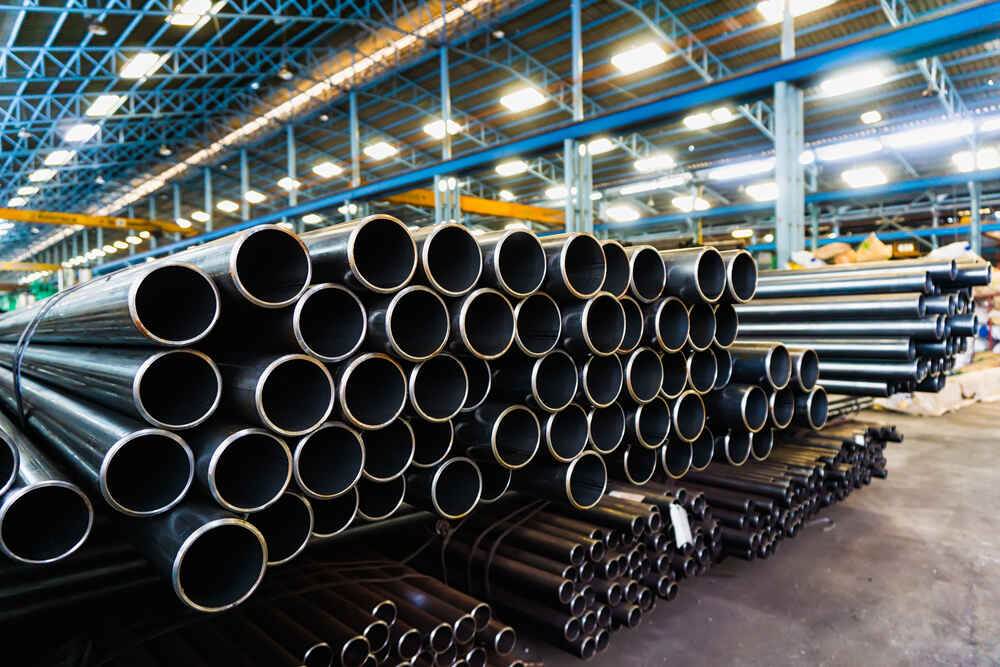Various Pipe Materials Used for Potable Water Line Installation

Known as potable water lines, the pipes that transport potable water from the source to the point of use must meet certain standards and requirements to ensure the quality and safety of the water. One of the factors that affects the performance and durability of potable water lines is the material of the pipes. Here are some of the common materials used for potable water line installation.
Copper
Copper is a metal that is resistant to corrosion, bacteria, and high temperatures. Copper also has a high thermal conductivity, which means it can transfer heat efficiently, making it a top choice for providers of potable water line services in Waimea, HI. However, copper pipes are expensive and require soldering or special fittings to connect. Copper pipes can also thin out and leak over time.
Galvanized Steel
Galvanized steel is steel that has been coated with zinc to prevent rusting. Galvanized steel pipes are cheap and strong, but they can corrode and clog over time, reducing the water flow and pressure. Galvanized steel pipes can also leach zinc and iron into the water, resulting in a damaged potable water line and affecting the taste and color of the water.
PVC
PVC stands for polyvinyl chloride, which is a type of plastic. PVC pipes are lightweight, cheap, and easy to install – which is why they are typically ideal for a potable water line replacement. PVC pipes are also resistant to corrosion, chemicals, and biological growth. However, PVC pipes can degrade when exposed to sunlight or high temperatures. PVC pipes also have different ratings and specifications for cold and hot water.
PE
PE stands for polyethylene, which is another type of plastic. PE pipes are flexible, durable, and resistant to corrosion, chemicals, and freezing. PE pipes are also easy to install and are suitable for potable water line repair, as they can be joined by heat fusion or mechanical fittings. However, PE pipes can be affected by some soils and require a protective sleeve if used underground. PE pipes also have different grades and types for cold and hot water.
A professional assessment is recommended before choosing a material for potable water lines, so be sure to contact Nu Flow South Pacific for assistance.
Contact Nu Flow South Pacific
